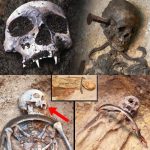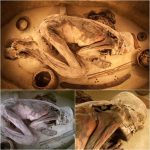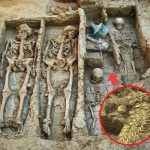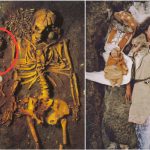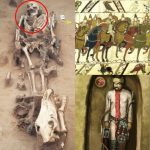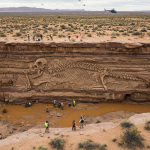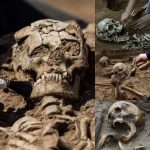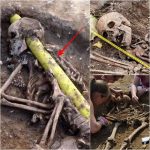A Homo habilis maxilla and other newly-discovered hominid fossils from Olduvai Gorge, Tanzania
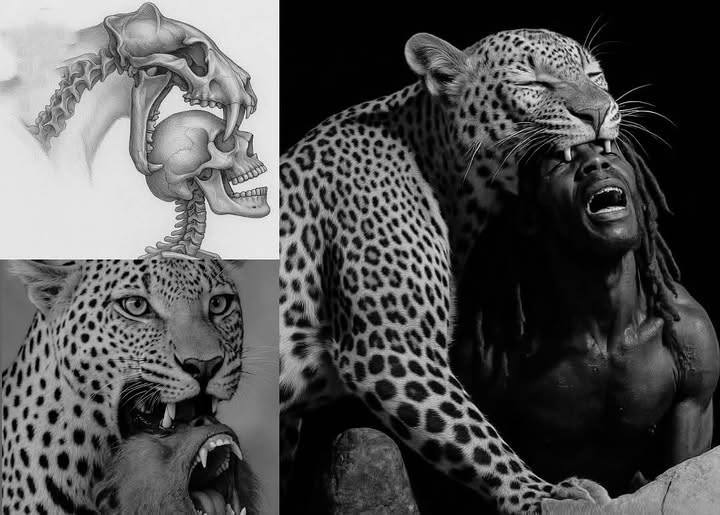
Abstract In 1995, a 1.8 million year old hominid maxilla with complete dentition (OH 65) was excavated from Bed I in the western part of Olduvai Gorge. The molar crowns are small relative to the long flaring roots, and the root of the canine is very long and straight. The broad maxilla with wide U-shaped palate and the form of the tooth roots closely match those of KNM-ER 1470 which, in its parietal size and morphology, matches the type specimen of Homo habilis, OH 7. Thus, OH 65 and KNM-ER 1470 group with OH 7 as representatives of H. habilis while some other Olduvai specimens, such as OH 13 and OH 24, have more in common in terms of morphology and brain size with Australopithecus africanus. Between 1995 and 2007, the OLAPP team has recovered teeth of eight other hominid individuals from various parts of Olduvai Gorge. These have been identified as belonging to H. habilis, Paranthropus boisei, and Australopithecus cf. africanus.

Mary Leakey’s 1959 discovery of the cranium of Zinjanthropus (L.S.B. Leakey, 1959) demonstrated for the first time the existence in East Africa of Paranthropus, the early hominid1 that was already well represented at Swartkrans in South Africa. Zinjanthropus signaled the beginning of 50 years of intensive exploration and excavation at the Gorge that has resulted in the recovery of a further 69 cataloged hominid specimens. Although this seems a relatively small tally in view of the vast extent of the exposures in the Gorge, especially as many of the specimens are isolated teeth, there are some more complete and significant finds. These include the Zinjanthropus cranium (Tobias, 1967), the OH 7 mandible and parietals forming the type specimen of Homo habilis (L.S.B. Leakey et al., 1964), the OH 9 calvaria of Homo erectus (L.S.B. Leakey, 1961), the OH 13 maxilla, mandible, and partial braincase (Leakey and Leakey, 1964), the OH 16 fragmented skull (Leakey and Leakey, 1964), the OH 24 crushed cranium (Leakey et al., 1971), the OH 62 weathered and broken up partial skeleton (Johanson et al., 1987, Johanson and Shreeve, 1989), and the OH 65 maxilla (Blumenschine et al., 2003). OH 65, the maxilla that forms the main topic of this article, was the 60th cataloged hominid after Zinjanthropus and is the only specimen apart from Zinjanthropus that has a complete dentition preserved. The most probable explanation for the paucity of recovered hominid fossils is that when they are exposed to the surface by erosion they either break up through weathering or are trampled by animal hooves, as was the case with OH 16, which would have been a complete skull before it was smashed by the hooves of herds of cattle (Leakey and Leakey, 1964). The specimens that are in more complete condition were discovered, like Zinjanthropus, just as they were eroding out, or like OH 24 were encased in hard calcareous matrix, or like OH 7 and OH 65 were discovered during excavation. Much of the maxillary bone of OH 65 is so eggshell-thin that had it been exposed to the surface it would have broken up into small fragments, leaving only the teeth.
